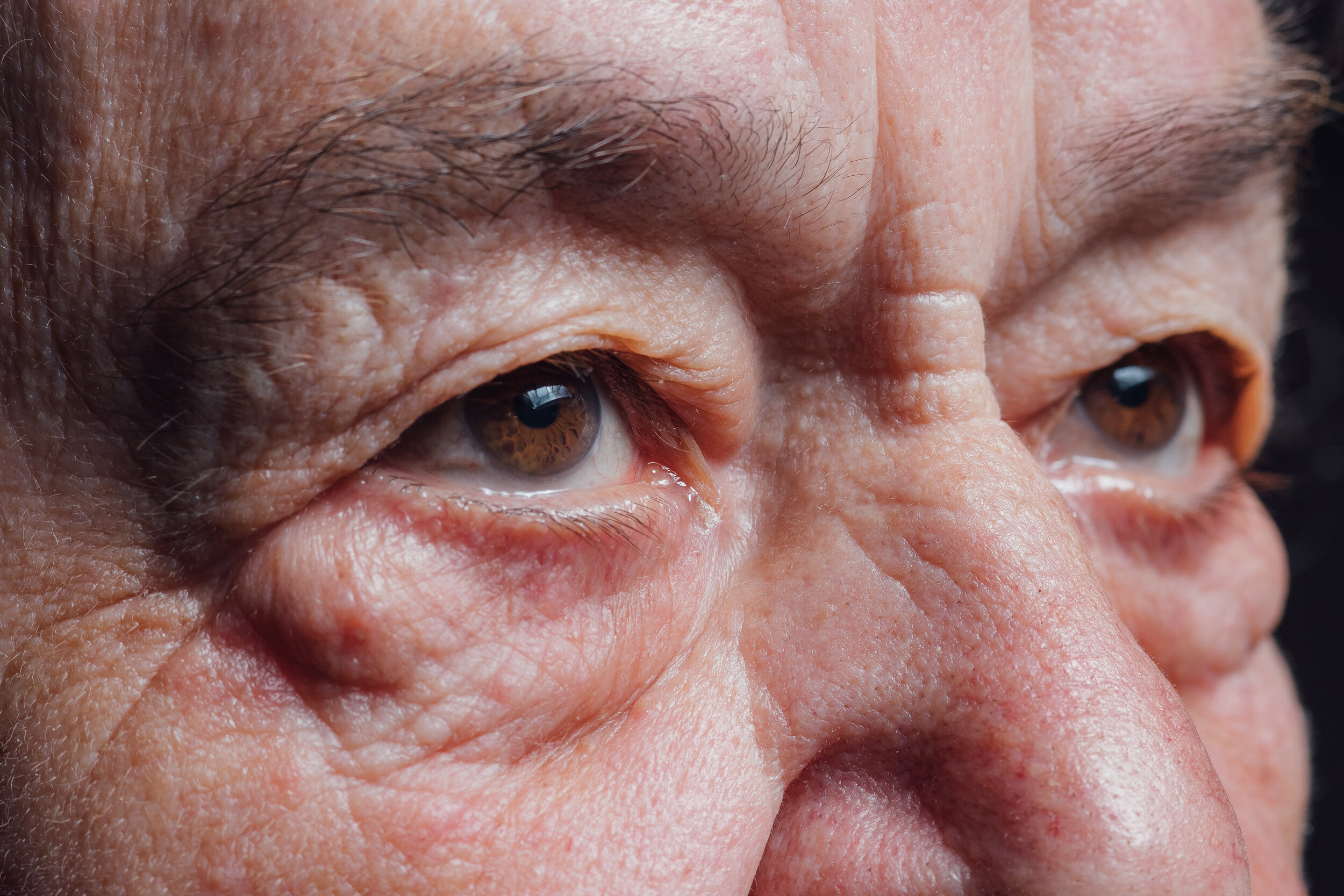Treatments: Aging Eyes
Aging, drooping, or lax eyelids may cause visual problems that can be treated effectively. From a cosmetic standpoint, if eyes are the window to the soul, they need not broadcast tiredness or agedness!
Extra eyelid skin treatments
Extra skin over the eyelids can block the upper visual field and also gives a tired and aged appearance, A simple blepharoplasty procedure may be undertaken to manage this problem.
Upper eyelid ptosis
Eyelid ptosis is when an upper eyelid is droopy because the eyelid lifting tissues are too long. This problem may occur in one or both eyes and may be confused with excess skin of the upper eyelid.
treatment of Eyelid baGS
Lower eyelid bags are amongst people’s least favorite feature of aging. This condition typically arises from a combination of lax skin and bulging of fat from the eye socket. Surgical treatment for this is much more powerful than non-surgical creams, and is individualized to a given person’s anatomy.
treatment of Wrinkled eyelids
Sometimes a crepe paper texture of the eyelid skin is the problem. Resurfacing (chemical peels or laser resurfacing) or surgery (blepharoplasty) works well for this situation. Neuromodulators do not work on the skin of the upper or lower eyelid because strength in the eyelid muscles (orbicularis oculi and levator palpebrae superioris) is necessary for proper eyelid function.
Treatment of tear troughs
Since tear troughs arise from a loss and redistribution of fat around the eyelid, cheek and nose, treatment consists of restituting volume in this area. This can be done with use of a hyaluronic acid filler, fat grafting, or surgery, in which eye and face fat are repositioned to a more youthful location.
treatment of crow’s feet
Named because the wrinkles emanating from the corner of the eye look like a bird’s footprint, “crow’s feet” respond well to a neuromodulator (such as Botox). Usually, 8-15 units on each side yield a very good response.
treatment of lax lower eyelid (ectropion)
Over time, we often loose the youthful fit of the lower eyelid tight against the eyeball. This problem, called ectropion, may also arise earlier in life from weakness of the facial nerve branch to this muscle. Ectropion can lead to an ineffective blink, irritation and spilling of tears over the eyelid rather than routing them down the tear duct. A short outpatient procedure (such as a “tarsal strip” procedure) can be undertaken to bring the lid back up to the eyeball.
Treatment of a Blocked Tear Duct
A blocked tear duct can cause tearing of the affected eye and blurry vision due to inadequate drainage of the tear film. This may be treated surgically to restore normal tear outflow.
This page










